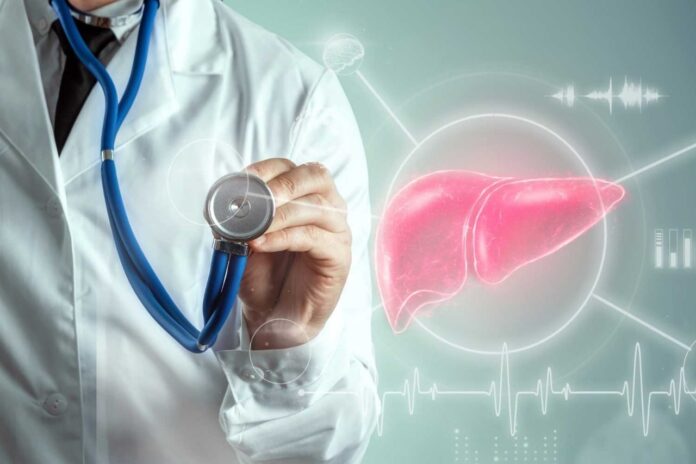Liver cancer rates in the U.S. have tripled since 1980, with Latinos, including Mexican Americans, facing even higher risks. A recent study from University of Southern California‘s Keck School of Medicine, funded by the National Cancer Institute, reveals that among Mexican Americans, the longer their family has lived in the U.S., the higher the risk of liver cancer, especially in men. The study findings were published in the journal Cancer.
Lead author Veronica Wendy Setiawan, Ph.D., a population and public health sciences professor and the Jane and Kris Popovich Chair in Cancer Research at the Keck School of Medicine, said, “With each successive generation, we see an increased risk of liver cancer. When we look more closely at this trend, the numbers are significant.”
Setiawan and the team studied data on different generations of Mexican Americans. They found that compared to the first generation, the second generation had a 37% higher chance of getting liver cancer, and the third generation had a 66% higher risk.
Factors like metabolic syndrome (obesity and diabetes) and lifestyle changes, such as increased alcohol and smoking in later generations, explain some, but not all, of the increased risk. More research is needed to uncover other factors contributing to the rise in liver cancer cases.
Setiawan, co-leader of the Cancer Epidemiology Program at the USC Norris Comprehensive Cancer Center, said, “The Mexican-American population is growing, but there’s so little research that focuses on this group. So, there’s a lot that we still don’t know.”
The researchers examined 31,377 Mexican Americans in a multiethnic cohort study by USC and the University of Hawaii Cancer Center. They divided them into three groups: first generation (born in Mexico), second generation (born in the U.S. with one or both parents born in Mexico), and third generation (born in the U.S. with both parents also held in the U.S.).
Out of all these, 213 people got liver cancer. Compared to the first generation, the risk for liver cancer increased by 37% for the second generation and 66% for the third generation. The researchers think men might be more affected because they often have more factors that increase the risk. They considered factors like alcohol and cigarette use, body weight, and neighborhood conditions in their study.
Setiawan said, “After adjusting for different factors across generations, we still see these higher risks. That tells us that this is an important population to study further.”
To understand why certain ethnic groups are more at risk for liver cancer, researchers plan to investigate lifestyle and neighborhood factors, including diet, education, and environmental exposures. This information can help create targeted prevention strategies for high-risk populations.
Setiawan and her colleagues, funded by the National Institutes of Health, are also studying 2,000 Latino participants in Los Angeles County with fatty liver disease, a potential precursor to liver cancer. They’ll use ultrasound scans and collect detailed health information to understand how the disease develops over time.
In conclusion, the study reveals a concerning rise in liver cancer rates across successive generations of Mexican Americans. The increased risk, particularly affecting men, underscores the need for further research to understand contributing factors comprehensively. Targeted prevention efforts are crucial to address this trend and protect high-risk populations within the Mexican American community from the growing incidence of liver cancer.
Journal reference:
- Nicholas Acuna, Kali Zhou, et al., Increasing risk of hepatocellular carcinoma with successive generations in the United States among Mexican American adults: The Multiethnic Cohort. Cancer. DOI: 10.1002/cncr.35000.
